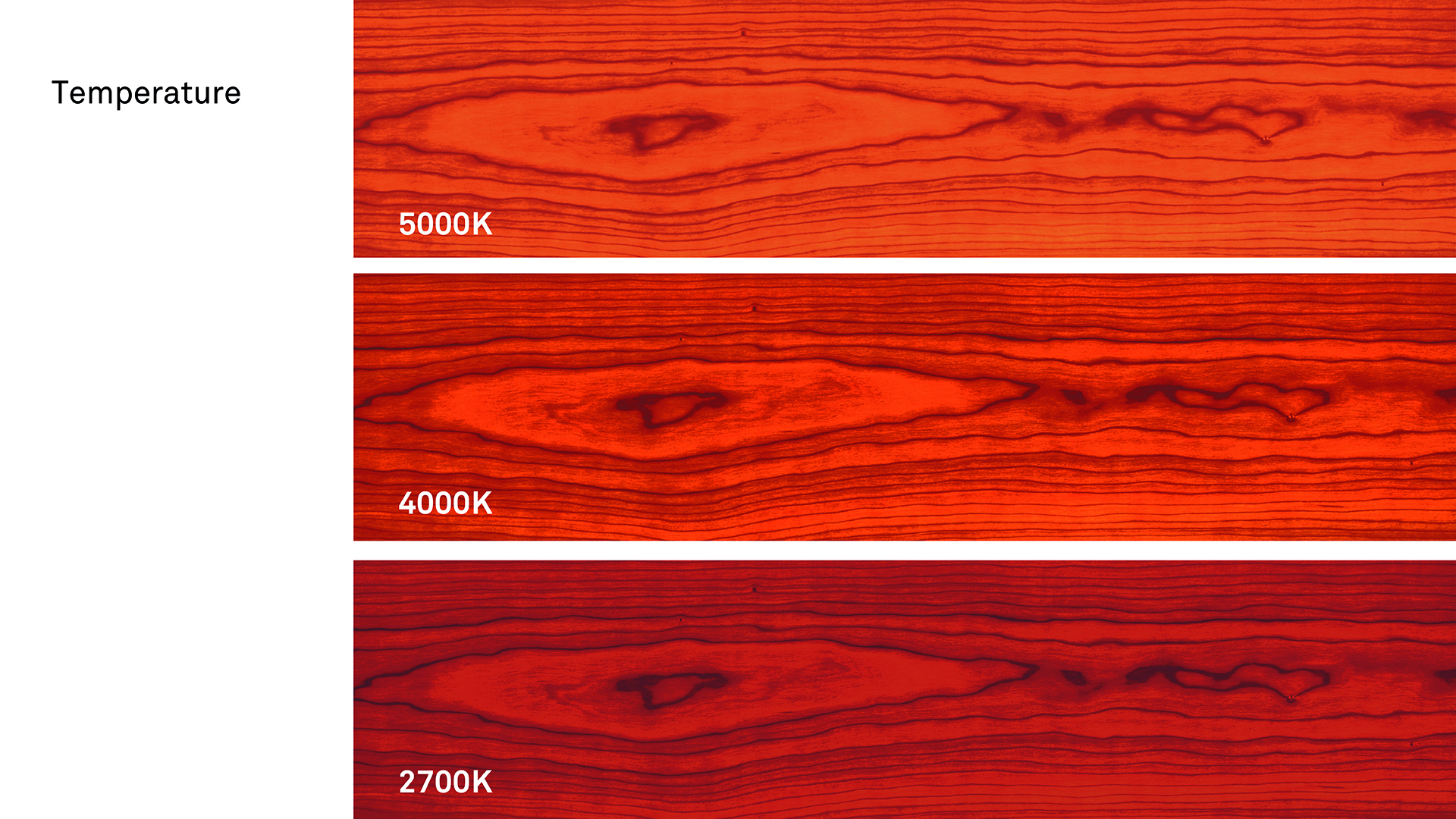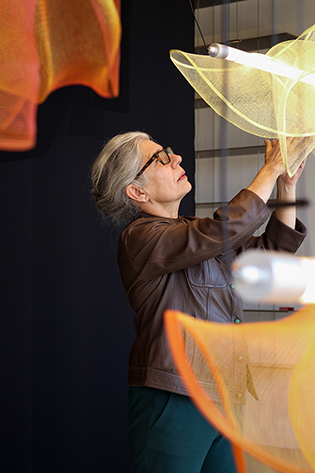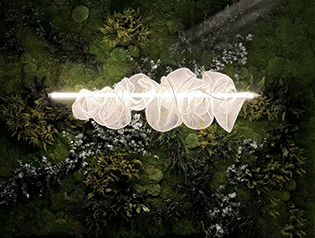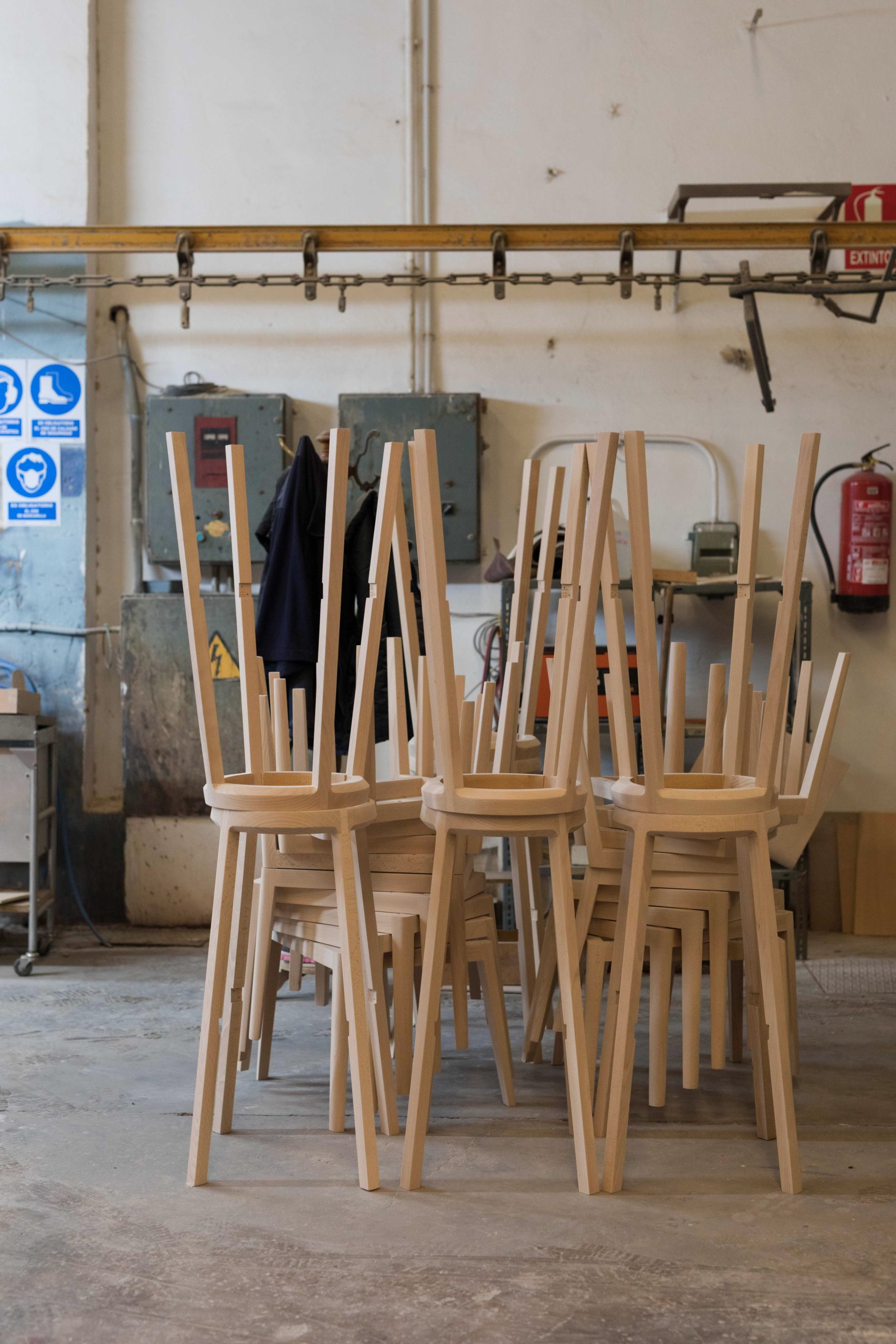Lord Kelvin
The kelvin temperature scale is named after its brainchild, the Belfast-born mathematical physicist William Thomson, 1st Baron Kelvin (Lord Kelvin for short). For those who are scientifically minded, kelvin is defined as: ‘the SI base unit of thermodynamic temperature, equal in magnitude to the degree Celsius.’ And for the rest of us, kelvin is a way to measure colour temperature, describing how warm (red–amber), or cool (blue–white,) a light source will be. As part of his research, Lord Kelvin heated carbon blocks, observing the changes in colour that resulted from the increasing temperature: from red–yellow at lower temperatures, to blue–white at higher temperatures.

William Thomson, 1st Baron Kelvin, aka Lord Kelvin (1824–1907). Image via Wikipedia.
K is for kelvin
The technical specifications of an LED light will typically provide a kelvin or ‘K’ value: a unit measurement for the colour temperature of the light. Simply put, the higher the K value, the colder (whiter) the light will be. Conversely, the lower the K value, the warmer the light will be. For example, a colour temperature of 2000K resembles a cosy candlelight, while a colour temperature of 6500K is comparable to a bright spotlight. Home LED fixtures are often 2700K (similar to an incandescent light/Edison bulb), or 3000K (similar to a halogen bulb).

Colour temperature. Image © Lightology.

LZF’s cherry wood in different colour temperatures.
Lumens and CRI
Allied to kelvins are lumens: perceived as brightness, they measure the total quantity of visible light emitted by a source. When a light is dimmable, it is the lumen output that is adjusted. Ergo, the higher the lumen, the brighter the light will be; the lower the lumen, the more subdued the light will be. Light also has the ability to affect how we see colour, making a colour ‘pop’, or toning it down. LZF’s natural wood veneers are available in a range of colours: from the warmer cherry, beech, yellow, orange, red, and pale rose, to the cooler white, sea blue, grey, and turquoise. The type of light bulb used will affect how we see these colours (compared to how we see them in natural light). This is measured as the Colour Rendering Index (CRI), on a scale from 0 (poor) to 100 (excellent). The majority of LED bulbs register around CRI 80 to CRI 90, meaning they provide a much more natural, accurate light output.

LZF’s Thesis wall lamp in natural daylight.

LZF’s Swirl lamp creates a cosy mood.
Change the mood
Owing to its versatility and energy-efficiency, LED lighting is the new standard in residential and commercial lighting. It is therefore only natural that we consider how LED lighting affects mood, health, and well-being. New technologies are improving upon colour temperature and control in LED lighting, allowing individuals to create the right mood for any given space. Known as Warm Dim and Tunable White, these technologies combat the effects of poor lighting, where colour temperature and brightness can negatively impact upon mood. When dimmed, a standard LED light can appear harsh and cold. With Warm Dim, the LED dims to a warmer, amber-like colour temperature. The Tunable White LED system has a kelvin temperature range from 2000K to 4000K, enabling the user to choose anything from a warmer, cosier ambience, to a brighter, daylight-like luminosity: colour temperature is controlled, while maintaining brightness.
Health and well-being
Work by the Lighting Research Center (LRC) at Rensselaer Polytechnic Institute in New York State, shows how lighting can be used to improve health and well-being. Light levels and exposure to light can help to synchronise the body’s natural circadian rhythms: circadian refers to the body’s biological clock which recurs naturally on a twenty-four-hour cycle, regulating everything from waking up, to feeling hungry, alert, and sleepy. Over the course of a day, Tunable LED lighting can be programmed to change the colour of light from bluish-white to yellowish-white. Research by the LRC found that providing high circadian stimulus (cool light) in the morning, and low circadian stimulus (warm light) in the evening, resulted in better sleep quality, and a reduction in depression, distress, and agitation.













